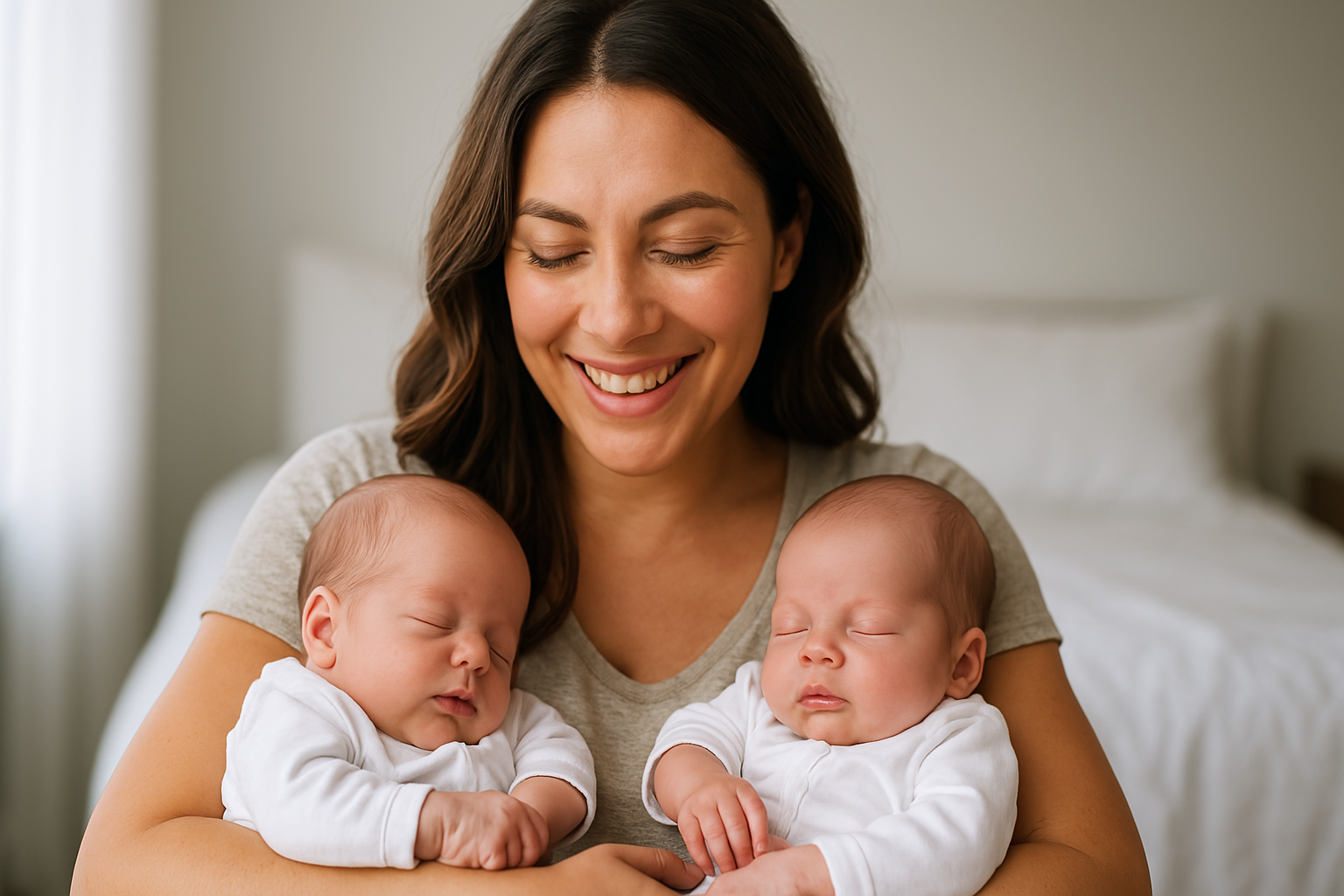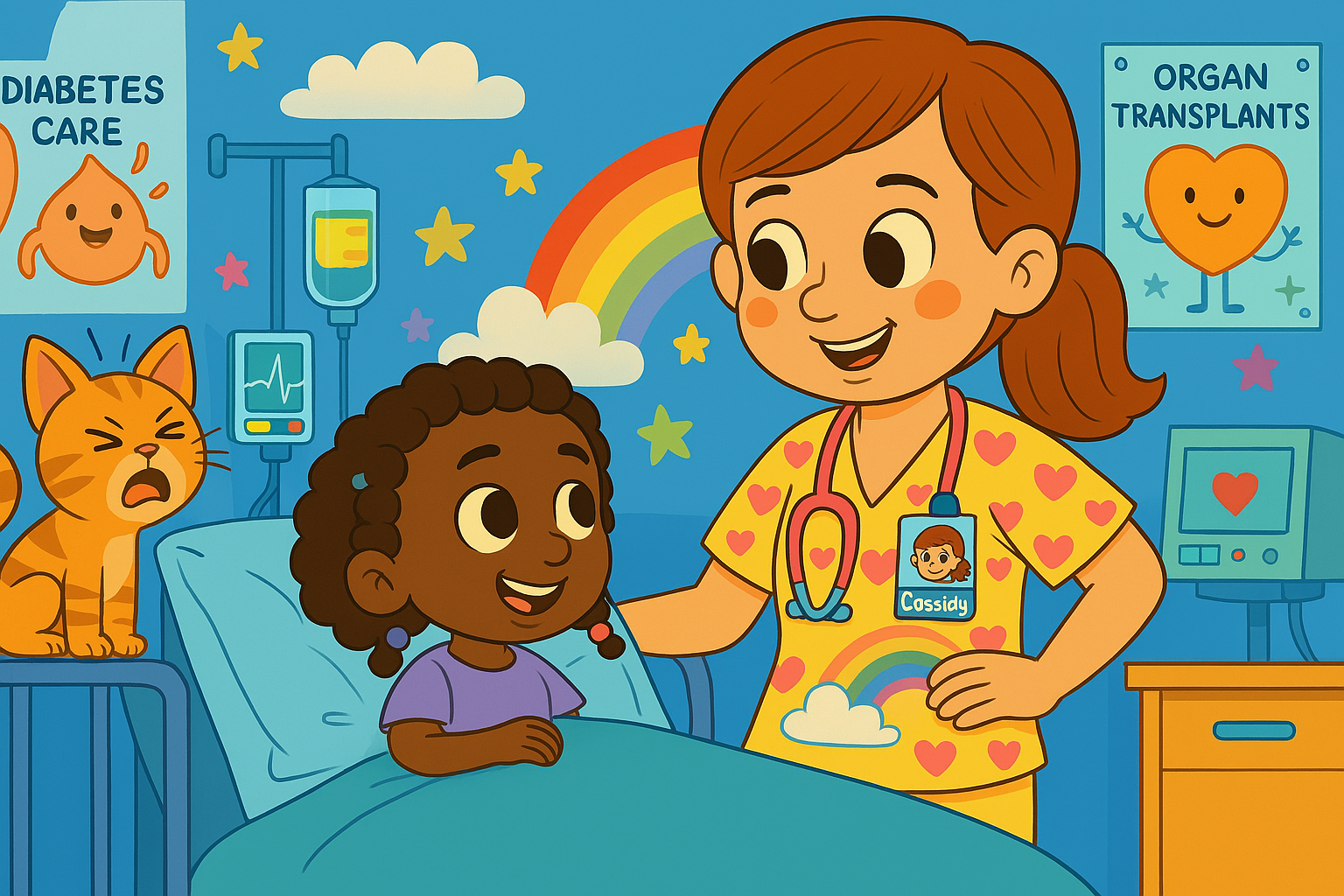Dexcom Share2 Review and Overview
This may be the shortest yet most complete product review that I've ever done.
What is it?
The Dexcom Share2 Receiver is a continuous glucose monitor that has cloud sharing capability built-in.
What does that mean?
The Dexcom Platinum G4 is a glucose monitoring system. A sensor is placed under the skin. The sensor is in physical contact with a transmitter. The transmitter sends a signal to a receiver. The receiver shows your blood glucose value and trend arrows so you can see the direction and speed that your BG is moving.
The Share2 is an updated version of the Platinum G4 and is exactly the same as the G4 but with one huge addition... it has bluetooth. So now in addition to...
Sensor> Transmitter> Receiver
It can also be setup like this...
Sensor> Transmitter> Receiver> iPhone> Cloud> iPhone
The addition of bluetooth allows your iPhone (Android coming soon) to act as an uploader and that is how others, who you give permission to, are able to see the BG of the wearer. This is excellent for parents, caregivers or a friend that is willing to watch your BG while you have the flu.
Does it work?
In a word - yup. In more words, Yes it does and it works exactly as advertised. I now have access to Arden's CGM data on my iPhone 24/7 with the Dexcom Follow app. I see what she sees.
How do I get one?
All of the upgrade info that you need is contained here in my recent blog post. If you already purchased a Dexcom Share Cradle you will receive the new Share2 for free. Tons of other upgrade details are at the link.
What else do I need to know?
- Setup is a snap, you do not have to be a whiz with computers, apps, or phones to get the Share2 up and running. It took me maybe ten minutes to get Arden's working.
- For the moment it is iOS compatible but Dexcom promises Android by the end of 2015 (I bet it is much sooner).
- We don't see additional battery drain on our phones.
- No more getting out of bed to check a CGM!
- Sleepovers just got a whole lot easier...
- You need two iPhones (or an Internet connected iPods) to make the setup complete.
- Dexcom maintains the cloud, there is no charge for the service.
- I just posted a Juicebox podcast episode all about the Share2, the next generation G5 (Same cool cloud stuff but you won't need a receiver if you would rather use your phone to see your BGs).
- Where can I get the Share and Follow apps? On the iTunes Store. Be sure to get Share2 (Share was for the cradle).
If you have question please ask them in the comment section and I will do my best to answer them quickly.
Dexcom Share2 Unboxing Photos
High resolution images of the new Dexcom Share2 Receiver
Click to Enlarge...
My first-look review will be available early next week...
Wall Street Journal: Smartwatch App Helps Track Glucose
Not sure if you remember the recent Wall Street Journal article about Apple watch apps and Dexcom because it was behind WSJ's pay content protection (meaning you had to subscribe to read the entire article). I reached out to the author of the article and asked if I could have the text so those without a subscription could read it. She very kindly sent it to me. A huge thank you to Kate Linebaugh from the WSJ for supporting the diabetes community!
Dexcom Monitor Produces a Graph on Apple Watch
from the WSJ: Kate Linebaugh
DexCom Inc. is designing an app that will display readings from its diabetes glucose monitor on Apple Inc. ’s smartwatch, giving the watch an early foothold in the health-care market at a time when regulatory treatment of such systems has eased.
DexCom’s glucose monitor tracks a person’s blood-sugar levels continuously. The company has shown a picture of the app, which converts that data into a simple graph that is just a glance at the wrist away. It says the app is expected to be ready when the Apple Watch is launched in April.
Apple declined to comment. The company hasn’t accepted any apps for the coming watch yet but has provided guidelines and code to developers for creating apps for it. The latest iPhone operating system increased its health and fitness offerings.
Image from diaTribe's twitter feed - follow them @diaTribeNews
The Food and Drug Administration had been closely scrutinizing such applications. But the agency loosened its oversight in late January, months after a group of software engineers, many of whose children have Type 1 diabetes, developed a system for monitoring diabetes patients’ blood sugar over the Internet. The system was distributed without first getting regulatory approval.
The group’s effort challenged the slow pace of innovation and regulatory approval in the field. It also highlighted the growing role that Silicon Valley companies and software developers hope to have in monitoring and maintaining people’s health.
Some 29 million Americans have diabetes. Between 5% and 10% of them have Type 1, an autoimmune condition in which the body is unable to convert glucose into energy. People with Type 1 diabetes rely on taking insulin and regular monitoring to make sure their blood sugar doesn’t go dangerously high or low, both of which can cause life-threatening conditions.
The DexCom monitor uses a hair’s-width sensor under the skin to measure blood glucose levels every five minutes.
Previously, the FDA considered glucose monitors and any associated software to be Class III medical devices, meaning they received the highest level of regulatory scrutiny. But the spread of NightScout, the system developed by the group of software engineers, and DexCom’s submission of a separate iPhone app for review prompted the FDA to change course last month.
DexCom’s monitors will remain Class III devices, but software that helps display the data they produce on mobile devices or smartwatches now only needs to be registered with the FDA and doesn’t require prior marketing approval.
The FDA has been reassessing its health-apps policies. “We felt that the risks that the app imposed weren’t as high,” said Alberto Gutierrez, director of the FDA’s Office of In Vitro Diagnostics and Radiological Health.
The issue came to a head last year when the group of software engineers, working on their own time, developed NightScout, which met a critical need. The software takes data from a glucose monitor made by DexCom, mainly for Type 1 diabetes patients, and uploads it to the Internet. That allows parents—and caregivers—to keep track of their children’ blood sugar from afar via their cellphones, tablets and Pebble watches.
NightScout spread quickly to thousands of users who found each other on Facebook and Twitter . By bypassing the FDA, the system’s creators skipped a process that had snarled or deterred formal development of similar products by medical-device companies.
Last fall, the group did take the invention to the FDA. The agency’s new rules give NightScout a pathway to regulatory compliance, according to FDA officials.
DexCom still needs to make sure its Apple Watch app complies with FDA rules. But thanks to the rule change, it doesn’t need to get approval before bringing the app to market.
Steve Pacelli, DexCom’s head of strategy, said the regulatory nod for the iPhone app came in January, much faster than the company expected.
Dexcom Share2 begins shipping next week - All the details within!
Dexcom Share2: What is it? How do you get one? When will it ship?
What is it?
The Share2 is a Dexcom G4 Platinum receiver with bluetooth capabilities. You may hear it referred to as the Dexcom Share2, G4 Platinum with Share or Bill (I made that last one up).
With bluetooth built in, the Share2 receiver will be able to send your Dexcom sensor information directly to an iPhone or iPod touch. Why do you care about that? I''ll tell you...
After you install the new Dexcom Share app from the Apple app store onto an iPhone or Touch that will remain with the Dexcom wearer, the information being sent to that device will be magically transported to Dexcom's cloud server where it can be redistributed (if you want) to loved ones, caregivers, parents and if you heard my recent podcast interview with NASCAR driver Ryan Reed... even your pit crew chief - as long as they have an iPhone or touch with the Dexcom Follow app installed.
If you are more of a visual learner... check out this handy diagram I borrowed from Dexcom.com
How do I get it?
If you previously purchased the original Dexcom Share cradle you will be upgraded to the Dexcom Share2 for free.
If you:
- Purchased G4 PLATINUM Receiver after January 1, 2015 — FREE upgrade to Dexcom G4 PLATINUM Receiver with Share
- Purchased G4 PLATINUM Receiver between March 1, 2014 and December 31, 2014 — Eligible to upgrade to Dexcom G4 PLATINUM Receiver with Share for $199
- Purchased G4 PLATINUM Receiver before March 1, 2014 — Insurance or cash pay prices will apply
Upgrade offers are good through April 30, 2015 - Orders can be placed beginning March 2, 2015 at 1-888-738-3646 or on Dexcom.com
When will it ship?
Dexcom is anticipating shipment to begin on March 2, 2015. It's posted on their website so I'd say that's pretty much a certainty even though they use the word 'anticipated' - I'd bet that just CYA. I'd be comfortable betting that it'll ship in three days from today on March 2nd.
Other stuff you may be wondering...
- Dexcom G4 PLATINUM Receiver with Share is approved for both adults and children as young as 2 years old.
- Your supply of sensors and current transmitter work with the Share2.
- If you are currently using the Share cradle, your Share app will need to be upgraded.
- The Follow app remains unchanged.
- Other than previous statements from Dexcom that it is being worked on and expected to be available soon, No word about when Android compatibility with be available.
- The Dexcom cloud service is free.
- Share2 does not need to be plugged into an electrical source, totally portable.
- Previous statements from Dexcom indicate that running the Share and Follow apps won't drain your iPhone/Touch batteries significantly.
- Existing Cradle owners will be contacted by email but must call Dexcom to initiate upgrade process.
- (updated info) No preorders. Ordering begins March 2, 2015
My Interview with Ryan Reed
Fresh from his first NASCAR victory, 21 year old Ryan Reed sits down with me to talk about his type 1 diabetes diagnosis, racing with diabetes and what it feels like to win his first race.
You really do not want to miss a second of my conversation with Ryan. You'll learn everything from how he reacted when a doctor told him that he couldn't drive a race car after his diagnosis, to what 190 M.P.H. feels like - and just how does he keep his blood sugar from crashing in a 150º race car?
Seriously, if you haven't tried my new podcast yet, this is definitely the week to jump in.






















































